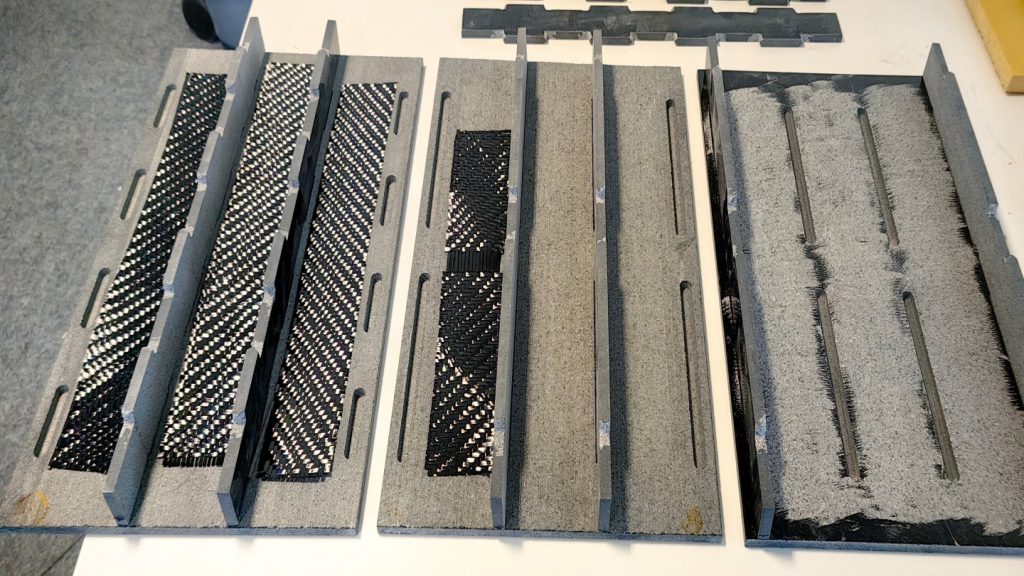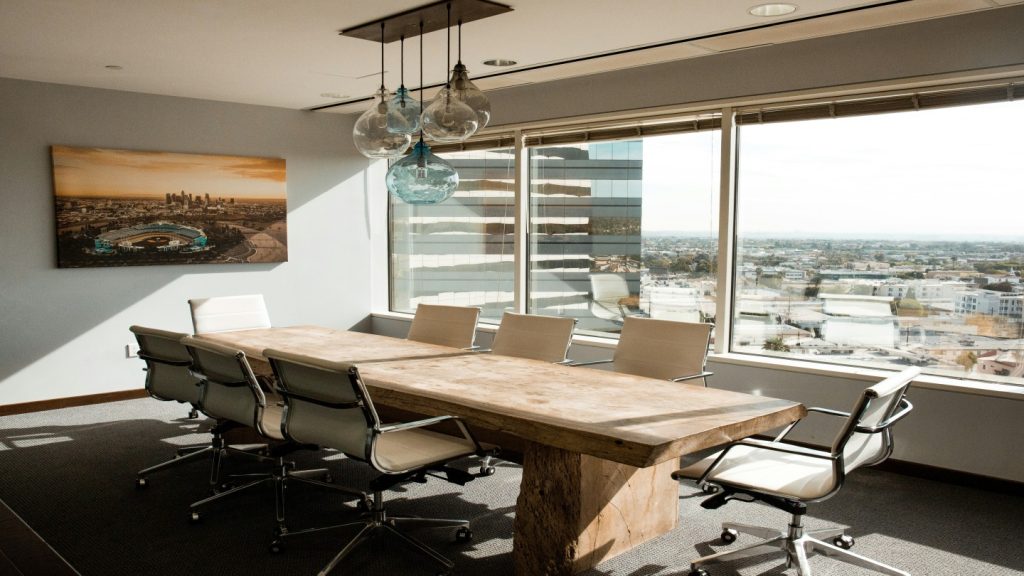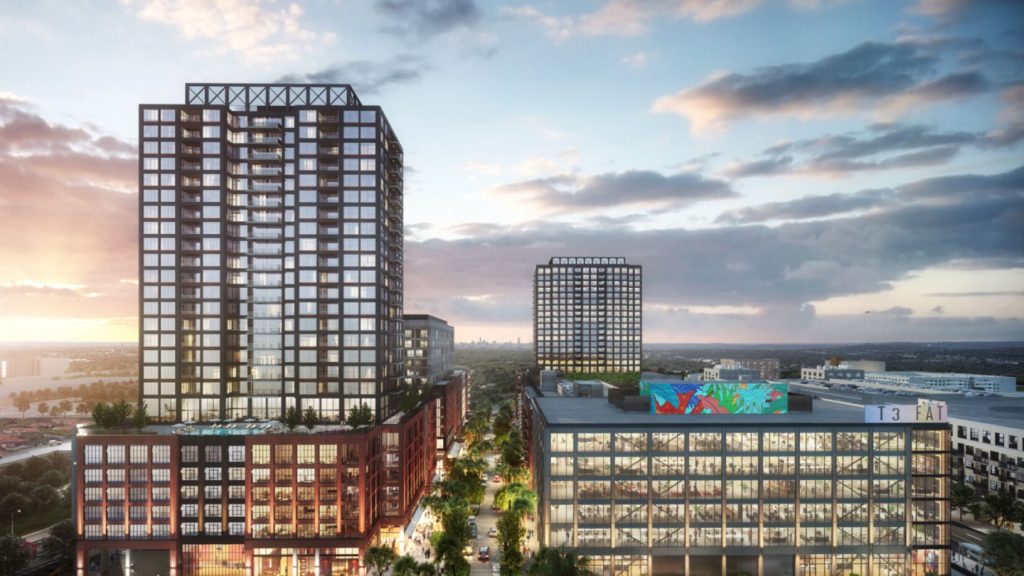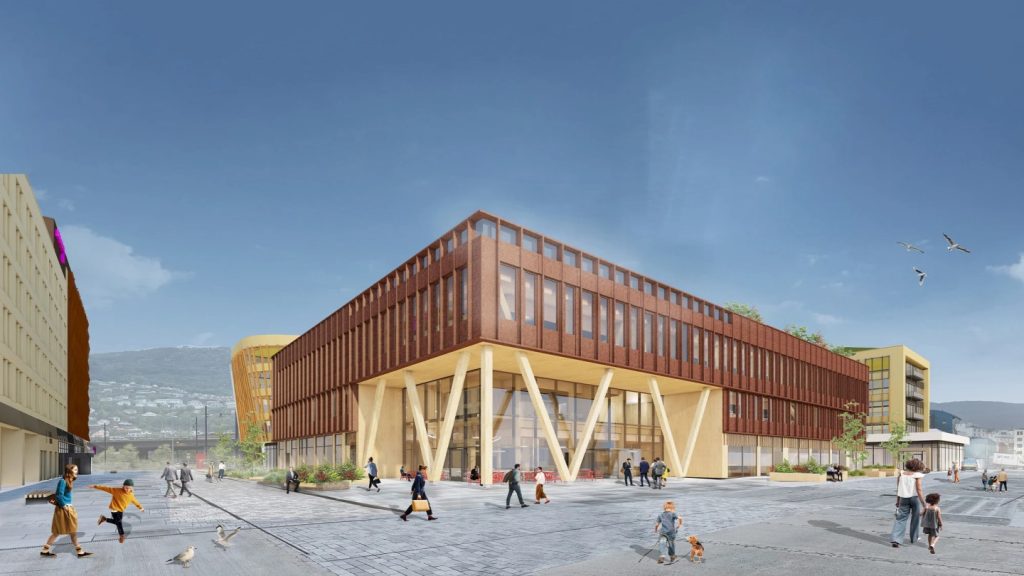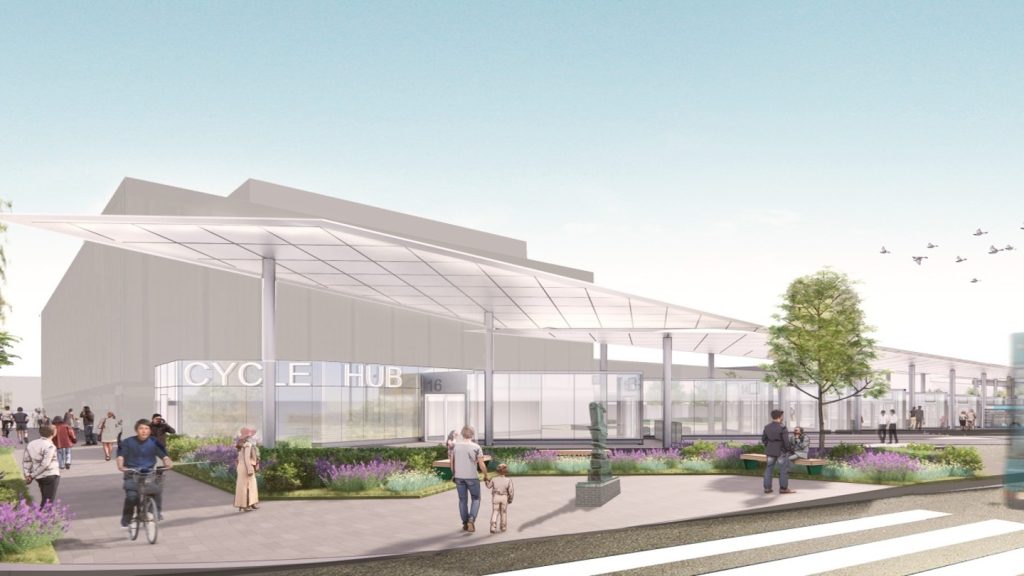The German Institutes of Textile and Fiber Research (DITF) Denkendorf is leading a joint project to develop a new building material for the construction industry.
Known as DACCUS-Pre, the project focuses on investigating the storage of carbon dioxide (CO₂) in a new material made of hard rock, carbon fibres, and biochar.
The material is expected to store carbon over the long run, offsetting more CO₂ emissions from the atmosphere than what is generated during its production.
In partnership with TechnoCarbon Technologies, the initial prototype, in the form of a house wall element, has been completed.
The exposed walls of the wall element are formed from natural stone, sourced as gabbro from India.
During the mechanical processing of the material such as sawing in stone cutting machines, substantial quantities of stone dust are generated.
Silicate weathering of the reactive stone dust forms binds CO₂ from the atmosphere.
The carbon fibres, derived from biomass and optimised at the DITF Denkendorf, in the form of technical fabric, reinforce the side walls of the wall element, notes the DITF.
These biobased fibres absorb tensile forces and function to stabilise the building material.
Lignin-based carbon fibres are noted to be cost-effective due to low raw material expenses and have a high carbon yield.
These also contribute to the material's longevity due to its resistance to oxidation.
The production of these carbon fibres, although more energy-intensive than steel, requires a smaller quantity for building applications.
It has a more favourable energy and CO₂ balance compared to reinforced concrete.
By leveraging solar heat and biomass for carbon fibre production, along with the weathering of stone dust, the CO₂ balance of the new building material is negative, enabling the construction of CO₂-negative buildings.
Biochar, the third component, serves as an insulator between the stone slabs and a permanent CO₂ storage medium.
Supplied by Convoris, the biochar includes thermal insulation properties, noted to enhance the wall element's environmental credentials.
The CO₂ balance of a house wall made of the new material is said to have been calculated and compared with that of conventional reinforced concrete.
This results in significant savings and a difference in the CO₂ balance of 157 CO₂ equivalents per square metre of house wall.


